Partnerships for Nature: insights from Indigenous-led models in Canada
15 April 2025 / WORDS BY Pollination Foundation
read article
London+44 203 355 1556
Sydney+61 2 8313 7109
Melbourne +61 2 8313 7109
Washington +1 872 201 1168
In this second edition of Nature Finance Focus, we highlight a number of models that are helping to unlock and scale nature investment. Some models are well established, alongside others in which we see significant promise and growth. By showcasing these tangible case studies, we aim to provide ideas and options which can be taken up by the global bank or investor, or by the major corporate.
The report also details the findings of our biennial survey of 500 institutional investors across the UK, USA, Australia, Singapore and Japan.
View reportFour years ago, when Climate Asset Management launched as a joint venture between HSBC and recently formed consultancy Pollination, it laid out ambitious plans to become the biggest investor dedicated to natural capital.
29 January 2024 / WORDS BY Rebecca Lake
Pollination Associate Director Rebecca Lake attended the inaugural Tasmanian Forest Economics Conference at Mona to listen, observe and contribute to a conversation steeped in history and contention.
In the heart of Tasmania’s lush wilderness, a battle for the soul of the island’s majestic forests rages. This decades-long conflict, often referred to as Tasmania’s forest wars, is a complex struggle between environmental conservation, economic development, and cultural identity, and is a familiar story for forested communities around the globe.
According to the State’s Forest Protection Authority (FPA), Tasmania’s extensive native forest estate is over three million hectares. A significant portion of Tasmania’s timber—approximately 75%—is now sourced from cultivated plantations. The remaining 25% is the source of intense historical debate. That timber is extracted from existing ancient forests, which are not only abundant in carbon and biodiversity but also home to some of the tallest hardwood trees in the world. This also extends to old-growth forests found within privately-held land scattered throughout the state.
In recent years, the conflict surrounding Tasmania’s forests has escalated into a political battleground revolving around two rural marginal electorates in the state’s heavily forested northwest and northeast. Antagonising the situation further, environmental activists now find themselves confronting the prospect of significant jail sentences after the controversial introduction of anti-protest laws in Tasmania.
A just transition inevitably involves tough conversations. The challenge is to find a physical and emotional neutral ground. Somewhere that a productive discussion can occur between parties that have been feuding for decades.
Enter an unlikely third party: Tasmania’s Museum of Old and New Art (Mona). In late 2023, the cultural giant hosted the first Forest Economics Conference uniting diverse stakeholders – including industry leaders, community members, environmental activists, and policymakers – to find a way to move forward. During three transformative days, Mona managed to break through the hostility and partisanship synonymous with Tasmania’s forest wars. The highly curated experience demonstrated the power of dialogue and art in transcending deeply-rooted divisions and provided a valuable playbook for other forestry-dependent communities all over the world to follow.
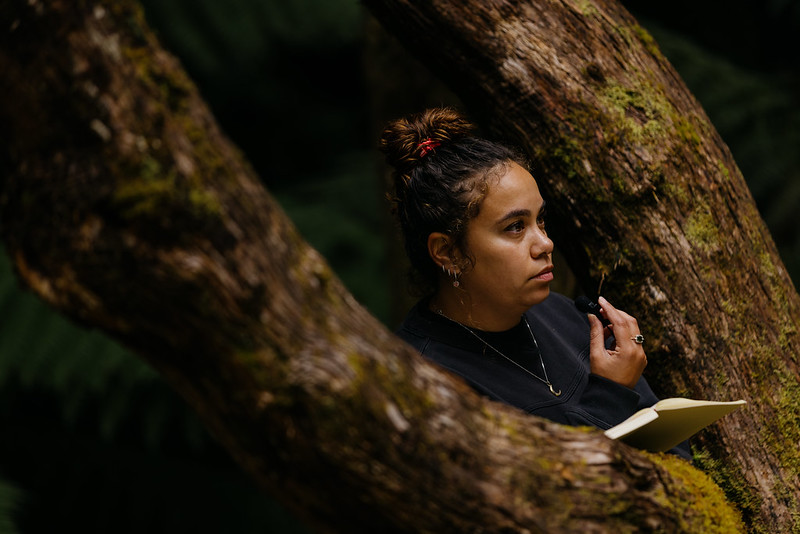
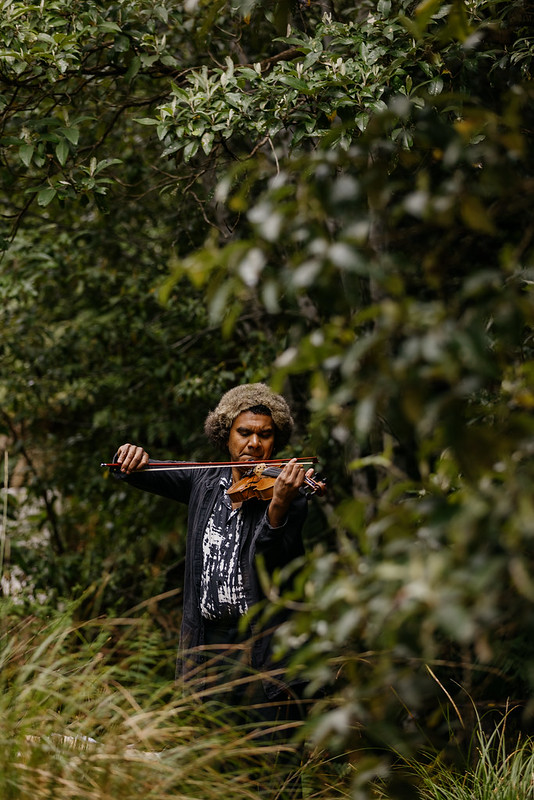

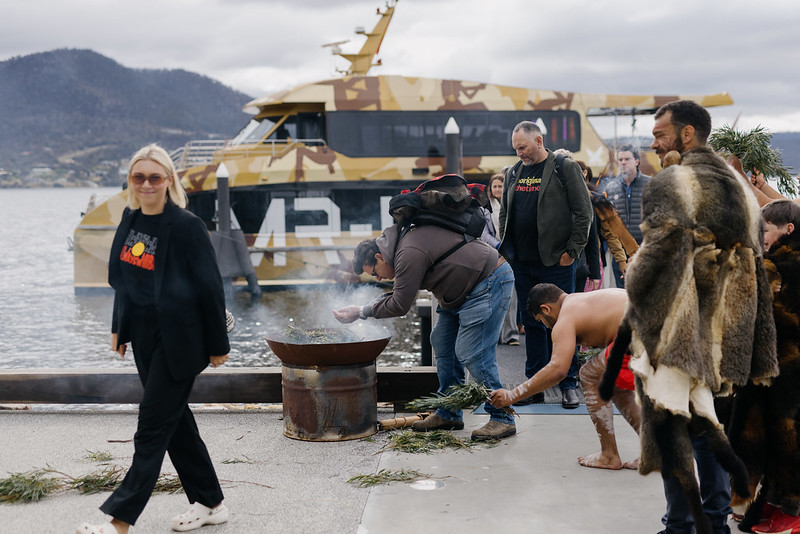

It is an understatement to say that Tasmania’s forest wars are deeply personal. As one delegate at the conference said, “there are contractors here who have been spat on and sworn at for doing their job. There are activists here who have been abused and arrested for trying to save the world”. First Nations delegates mourned the continued loss of land and culture, while the union representing forestry employees, CFMEU, drew attention to the history of suicide and impact on communities when whole industries are shut down.
Needless to say, emotions ran high over the three days. Heckling from all sides of the debate echoed and the prospect of ‘putting a price’ on nature was strongly refuted by some environmental groups. But in between the heckles, speeches and presentations from the delegates, a chaotic assortment of artistic, often nude, performances and installations offered a welcome diversion and absurdist humour. These creative interludes fostered a sense of shared humanity, gently nudging the attendees to take a breath and view their long-standing conflicts through a different lens. In this charged atmosphere, art served not just as an escape but as a powerful tool for breaking down barriers and facilitating open, empathetic dialogue. It was the ultimate ice breaker.


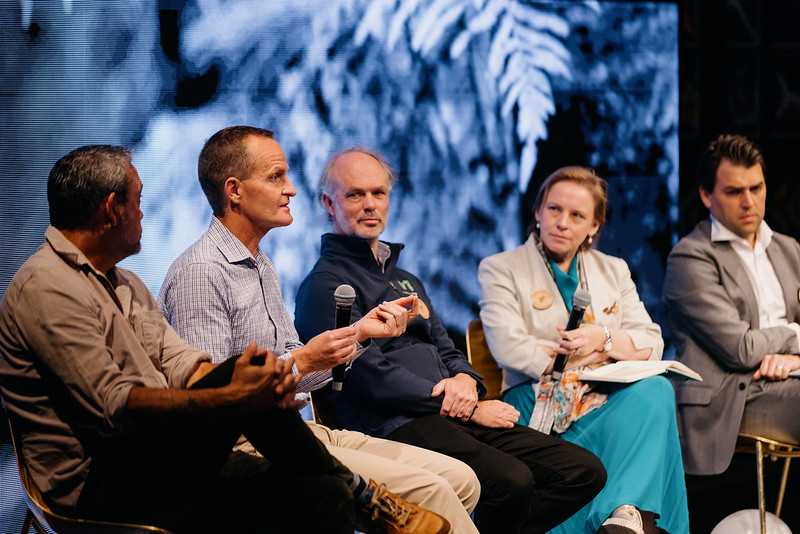
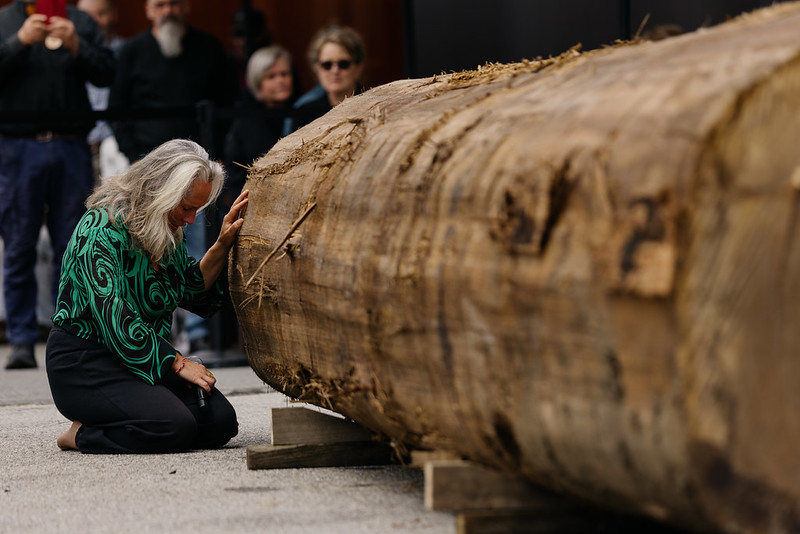
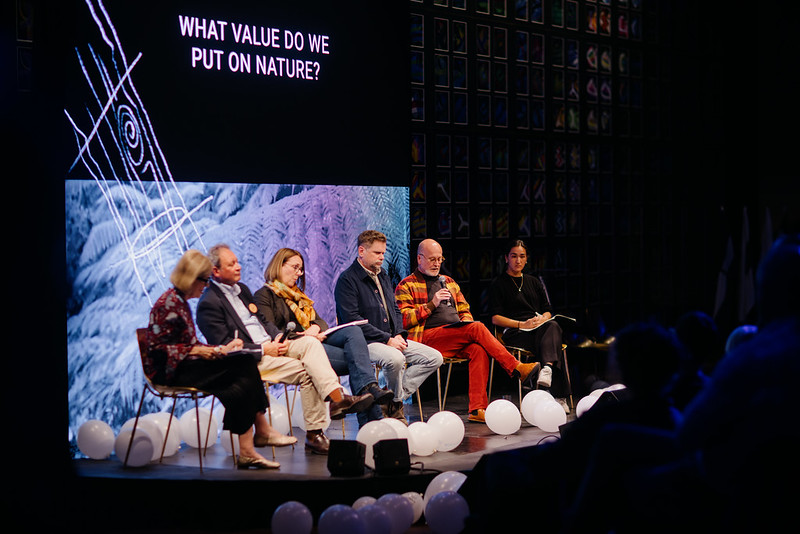
While the forest wars in Tasmania are far from over, MONA has played a pivotal role in transforming how various parties, deeply connected to their land and identities, engage in challenging dialogue. A striking outcome of the conference was the realisation that all stakeholders deeply value the forest, just from different perspectives. Environmentalists and scientists emphasised the rainforest’s critical ecological significance, while loggers underscored its economic value to their livelihoods. While there was no formal agreement to end native forest logging, the diverse appreciation for the value of forests fostered a sense of unity and led to some consensus on the importance of placing more value Tasmania’s forests, adopting a First Nations-led approach to forest management, and enhancing industry transparency.
In a poignant moment of unity, industry representatives and environmentalists alike openly refuted the Tasmanian Resource Minister’s uninformed announcement that the congress had failed, and instead jointly congratulated the event’s visionary and host Kirsha Kachele with a standing ovation.
On the final evening delegates dined on locally sourced produce and wine. Sitting next to ‘so-called’ adversaries, conversation seamlessly transitioned between how to generate sustainable jobs in the forestry sector and the intangible value of the island’s natural heritage to football, family, and art. Then the dancing began.
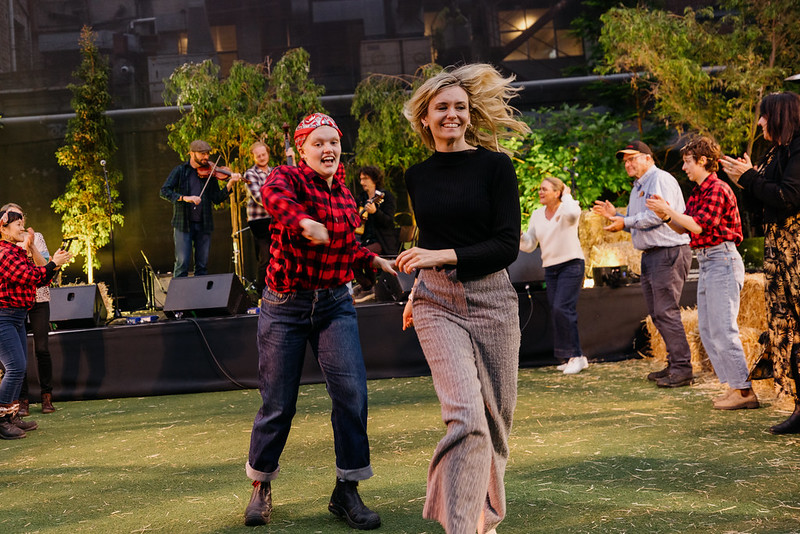
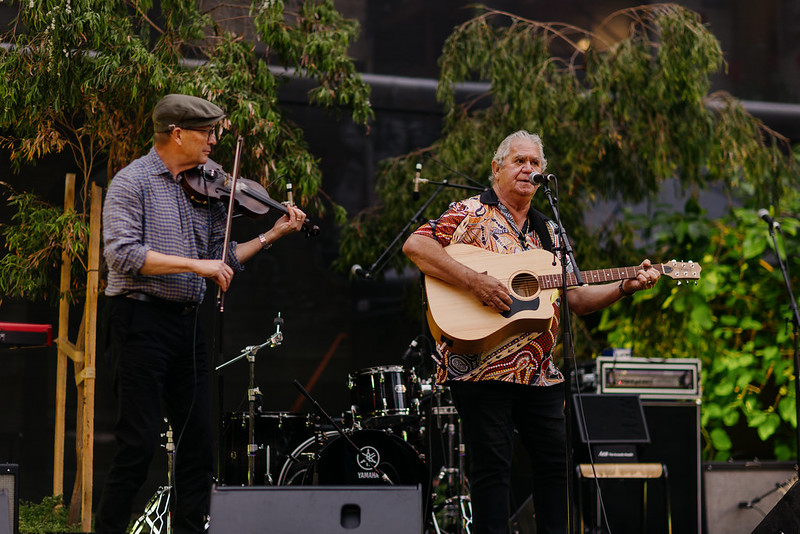
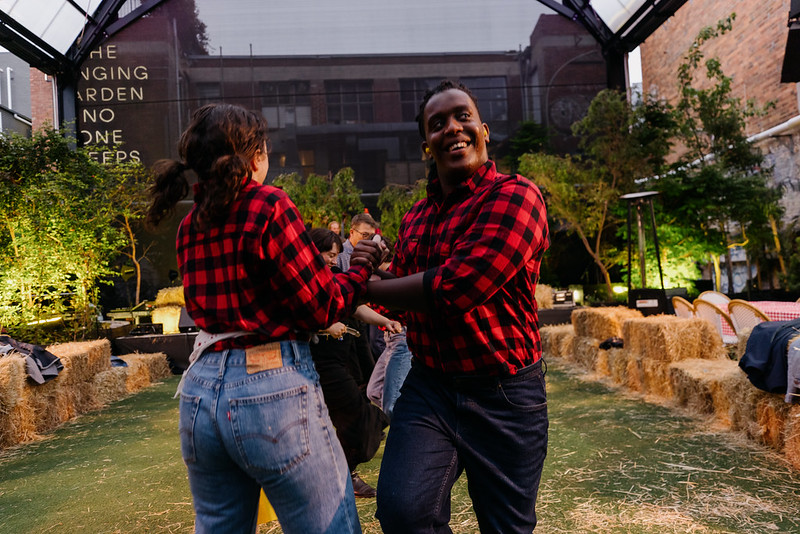

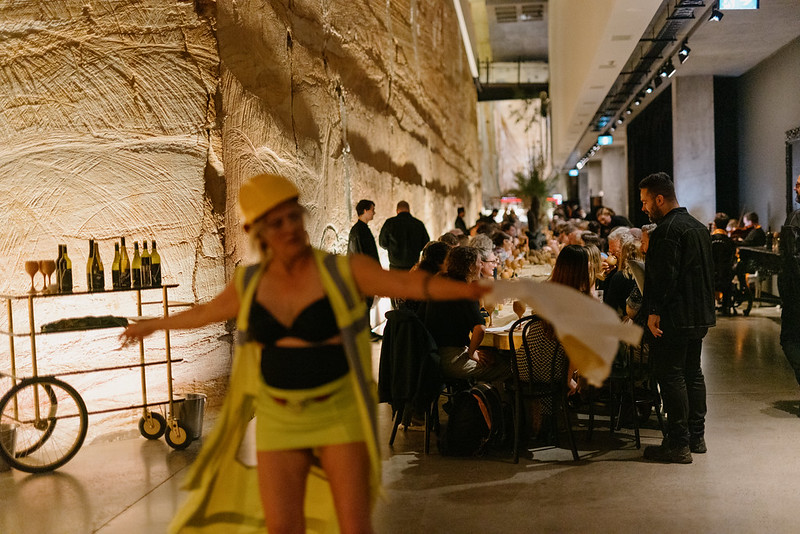
The idea of a ‘forest war’ is not unique to Australia’s island state. Historical tensions between industry, communities and conservationists can be found in most forested nations, especially in places of global significance like the Amazon, Borneo, and mountainous regions of central Africa, where Indigenous Peoples and Local Communities are frequently displaced. Even in Europe, despite the relative scarcity of native old-growth forests, forest conflicts are intensifying. This is fuelled by increased forestry operations, the rising voice of environmental movements, and the growing societal demand for recreational forest use.
As deforestation gains more prominence in global discussions about climate change and biodiversity loss, such as Brazil’s global forest conservation fund proposal at COP28, the importance of open collaboration is underscored. The fundamental ideas of MONA’s innovative and localised conference model – what it terms ‘radical diplomacy’ – should be considered in the pursuit of conserving the world’s forests. When finding solutions to forest wars, it is folly to assume an un-biased, logical approach is best, ignoring the strong personal, social, and economic ties associated with forest management. And time is of the essence. If it takes performance art, dancing and maybe a bit of nudity to invoke vulnerability and bring feuding stakeholders together, so be it.
15 April 2025 / WORDS BY Pollination Foundation
read article
Receive latest news and global perspectives from Pollination.
By clicking submit, you agree to our Terms & Conditions.